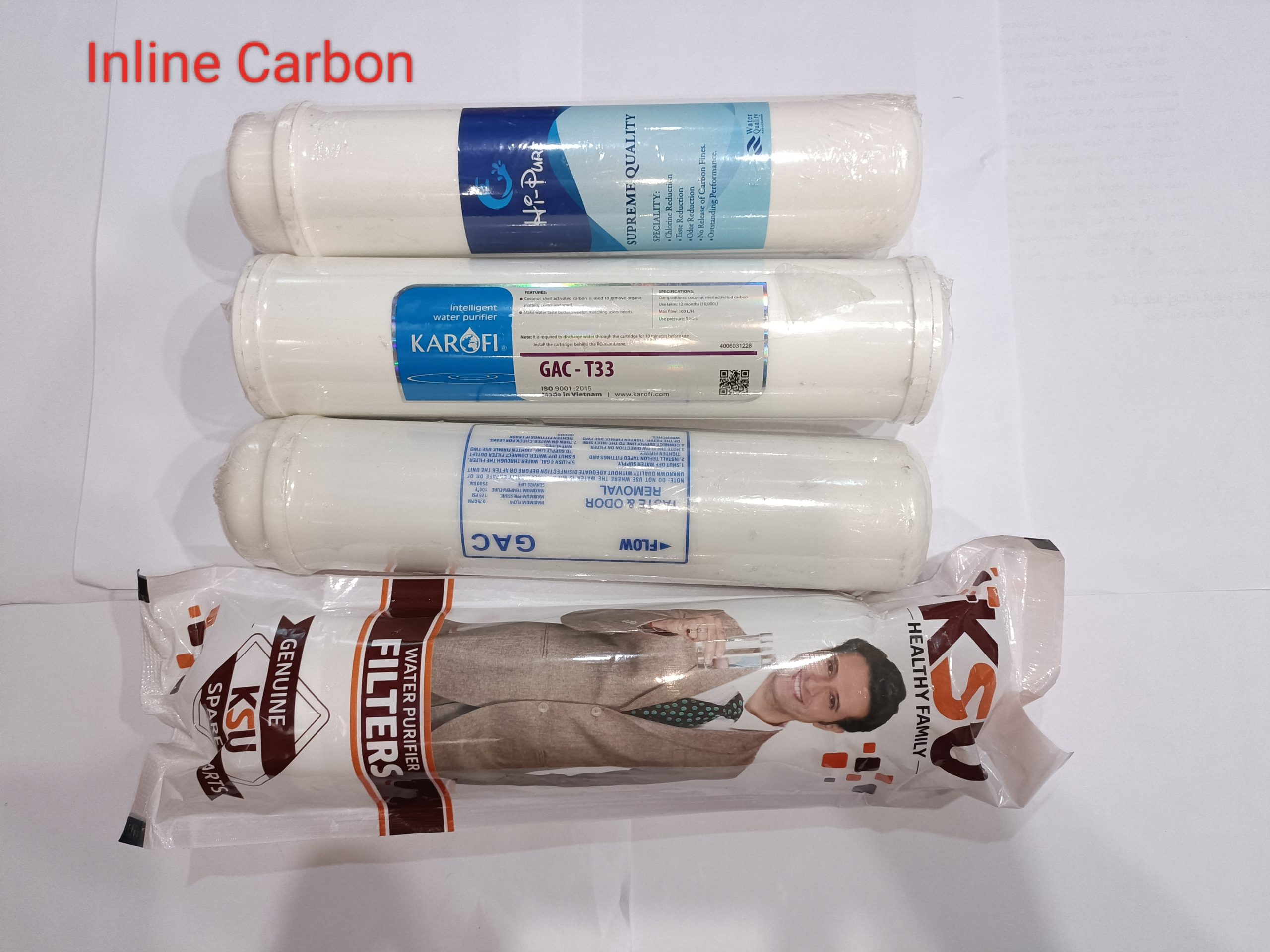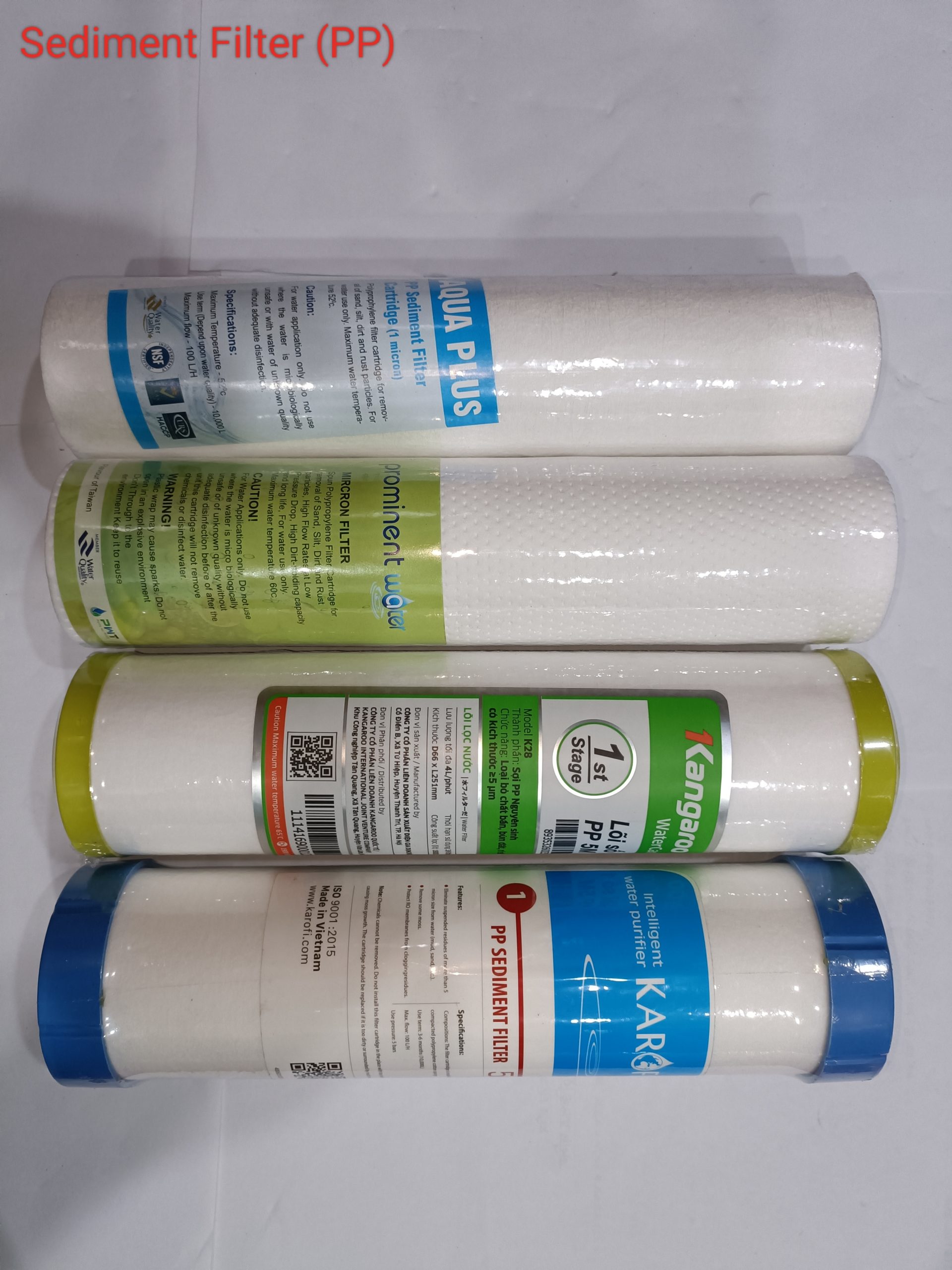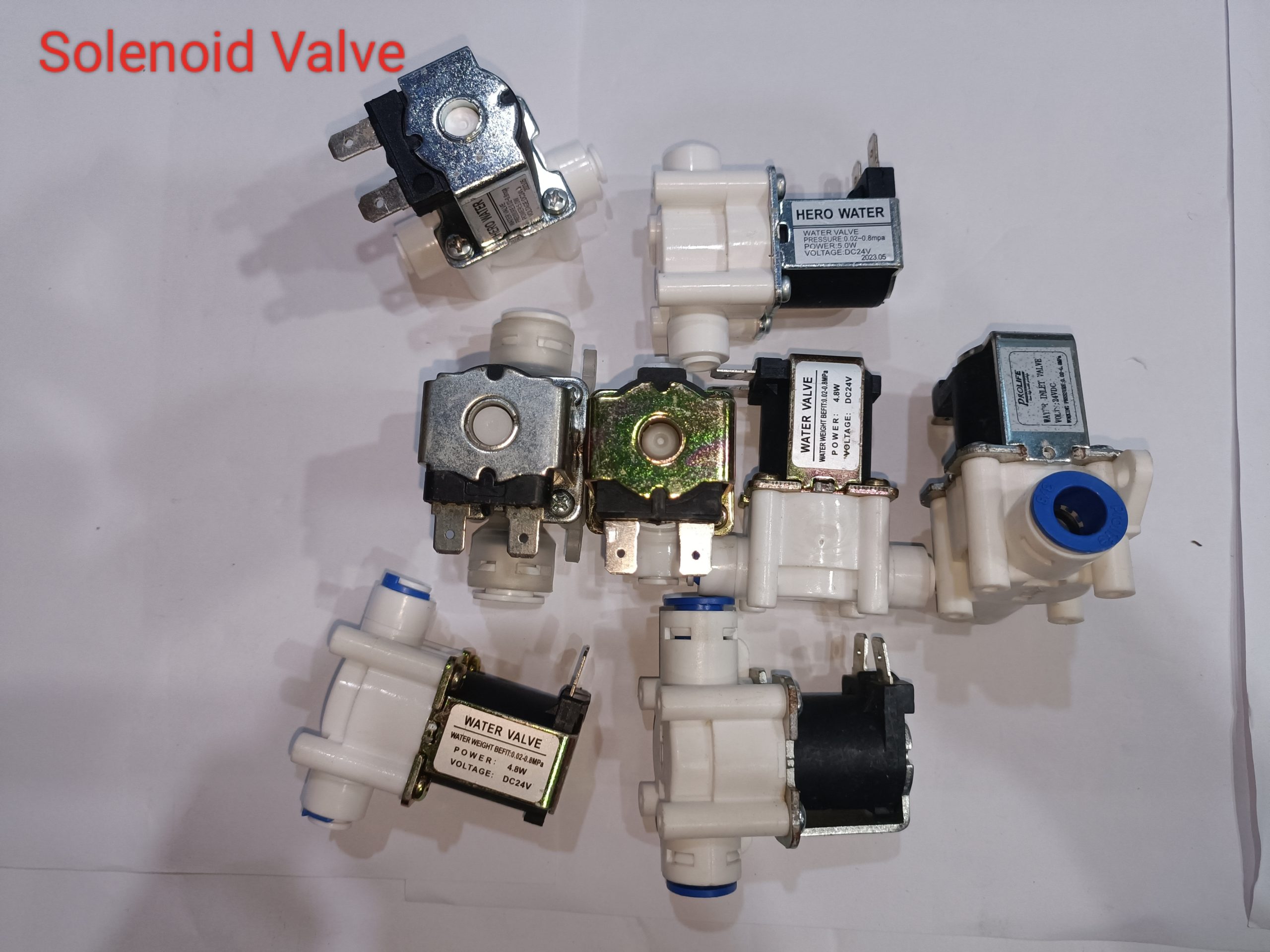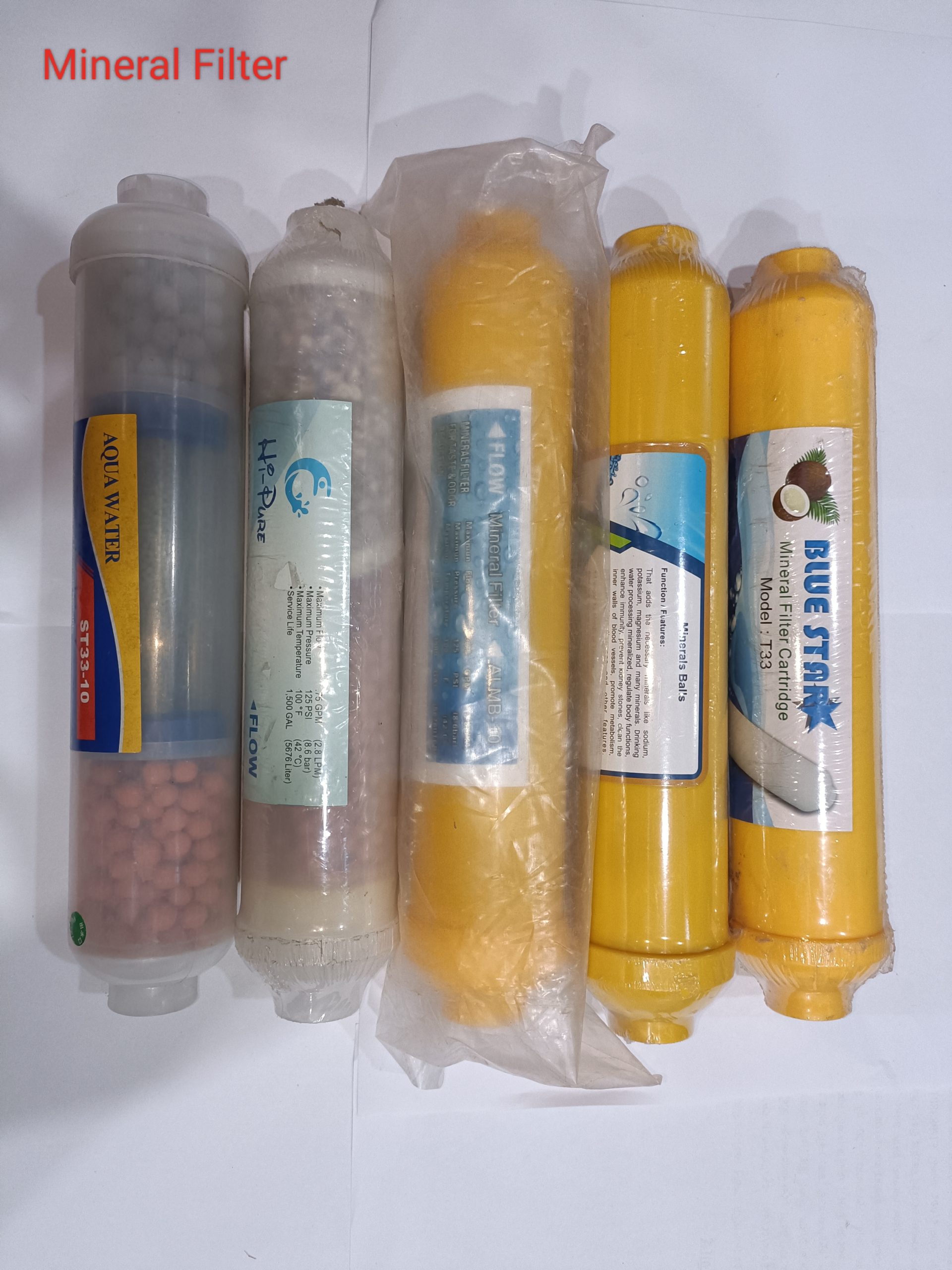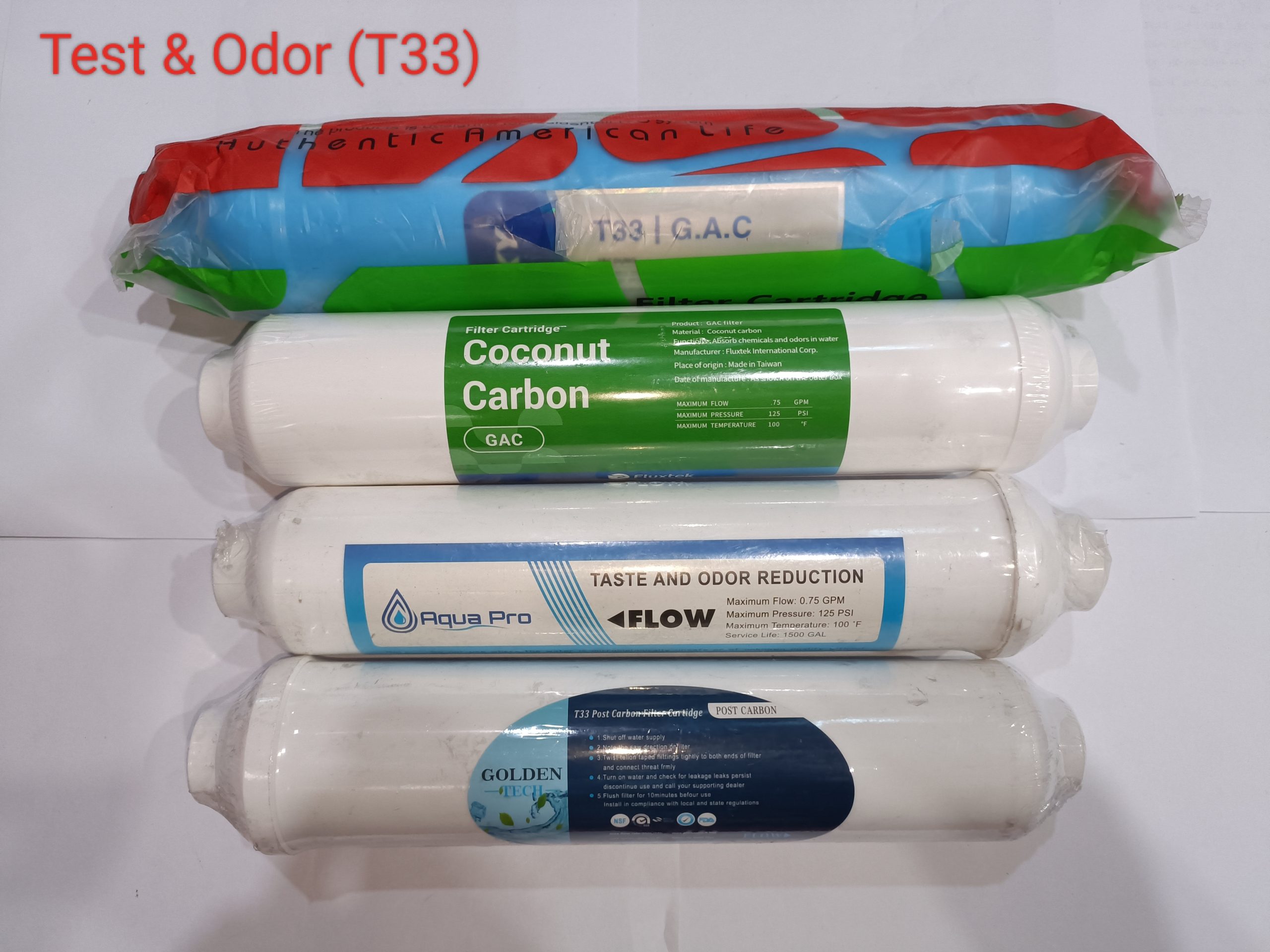Understanding the Inline Post Carbon World: A Guide to a Sustainable Future
The phrase “Inline Post Carbon” might sound like a futuristic concept, but it represents an essential transition happening right now. It’s not just about a single change; it’s a fundamental shift in how we power our lives, build our economies, and sustain our planet. At its core, a Inline Post Carbon world is one that has moved beyond its dependence on fossil fuels—coal, oil, and gas—and embraced a new, more resilient way of living.
The Pillars of a Inline Post Carbon Society
Moving past fossil fuels involves a change on many fronts. A true Inline Post Carbon future is built on these key pillars:
- Renewable Energy: This is the foundation. We are seeing a rapid shift towards clean energy sources like solar, wind, and geothermal. This transition isn’t just about replacing old power plants; it’s about creating decentralized, smart energy grids that are more resilient and less susceptible to global price shocks.
- A Circular Economy: The current “take-make-dispose” model is unsustainable. A Inline Post Carbon economy champions a circular model where products are designed to be reused, repaired, and recycled. This reduces waste, conserves resources, and creates new economic opportunities.
- Sustainable Infrastructure: Our cities and communities are being reimagined. This includes investing in sustainable public transport, creating walkable urban spaces, and designing energy-efficient buildings. The goal is to build communities that are not only low-carbon but also more connected and livable.
- Local Resilience: The shift to a Post Carbon world emphasizes local solutions. This can mean local food production, community-owned energy projects, and shorter supply chains. By becoming less dependent on long-distance networks, communities can become more resilient to future challenges.
1. The Role of Technology in the Inline Post Carbon Transition
The shift to a Post Carbon society is fueled by technological innovation. You can create content around these specific topics:
- Carbon Capture and Storage (CCS): While we focus on reducing emissions, what about the carbon that’s already in the atmosphere? Discuss the role of technologies that capture carbon from industrial sources and store it underground.
- Green Hydrogen: This is a huge emerging field. Explain how hydrogen can be produced using renewable energy, and how it can be used to decarbonize hard-to-abate sectors like heavy industry and long-haul transportation.
- Artificial Intelligence (AI) and the Grid: How can AI optimize energy distribution, predict energy demand, and make a renewables-based grid more efficient and reliable? This is a forward-looking topic that can attract a tech-savvy audience.
2. The Social and Political Dimensions
A Post Carbon world isn’t just about technology and economics; it’s also about a fundamental shift in our social and political systems.
- Just Transition: This is a crucial concept. Explain that the move away from fossil fuels must be fair and equitable for workers and communities that have historically depended on those industries. Discuss the need for retraining programs, new job opportunities, and community investment.
- Policy and Regulation: Talk about the role of government. What kind of policies—like carbon taxes, subsidies for renewables, or building codes—are necessary to drive this transition? This content can be more analytical and appeal to a different audience.
- The Individual’s Role: While the problem is systemic, individual actions matter. Create content that empowers your audience by discussing sustainable consumption, advocacy, and community involvement.
3. Sector-Specific Decarbonization Strategies
To provide truly valuable content, you can break down the Inline Post Carbon transition by specific sectors. Each of these could be its own detailed article.
- Post Carbon Transportation: Go beyond electric cars. Discuss high-speed rail, electric buses, urban design, and the potential for electric aviation and shipping.
- Post Carbon Food Systems: Explain how local, regenerative agriculture can reduce carbon emissions while improving soil health and food security.
- Post Carbon Manufacturing: Talk about how industrial processes can be electrified and how circular economy principles can be applied to reduce waste and energy use.
Prominent Water Technology specializes in providing high-quality water purification systems. Their focus seems to be on ensuring safe, clean, and healthy water for their customers.
More detail about us pls visit our facebook page


